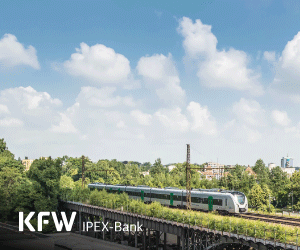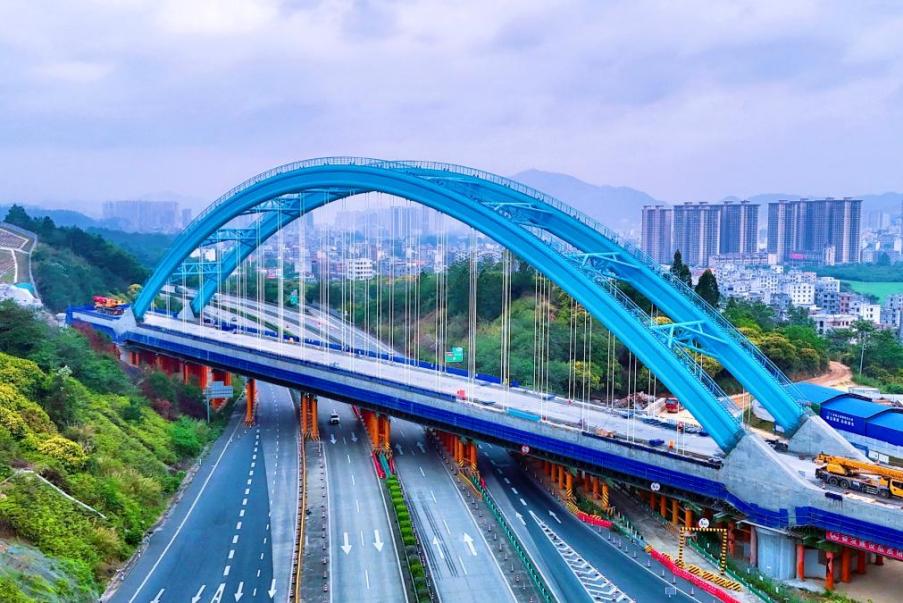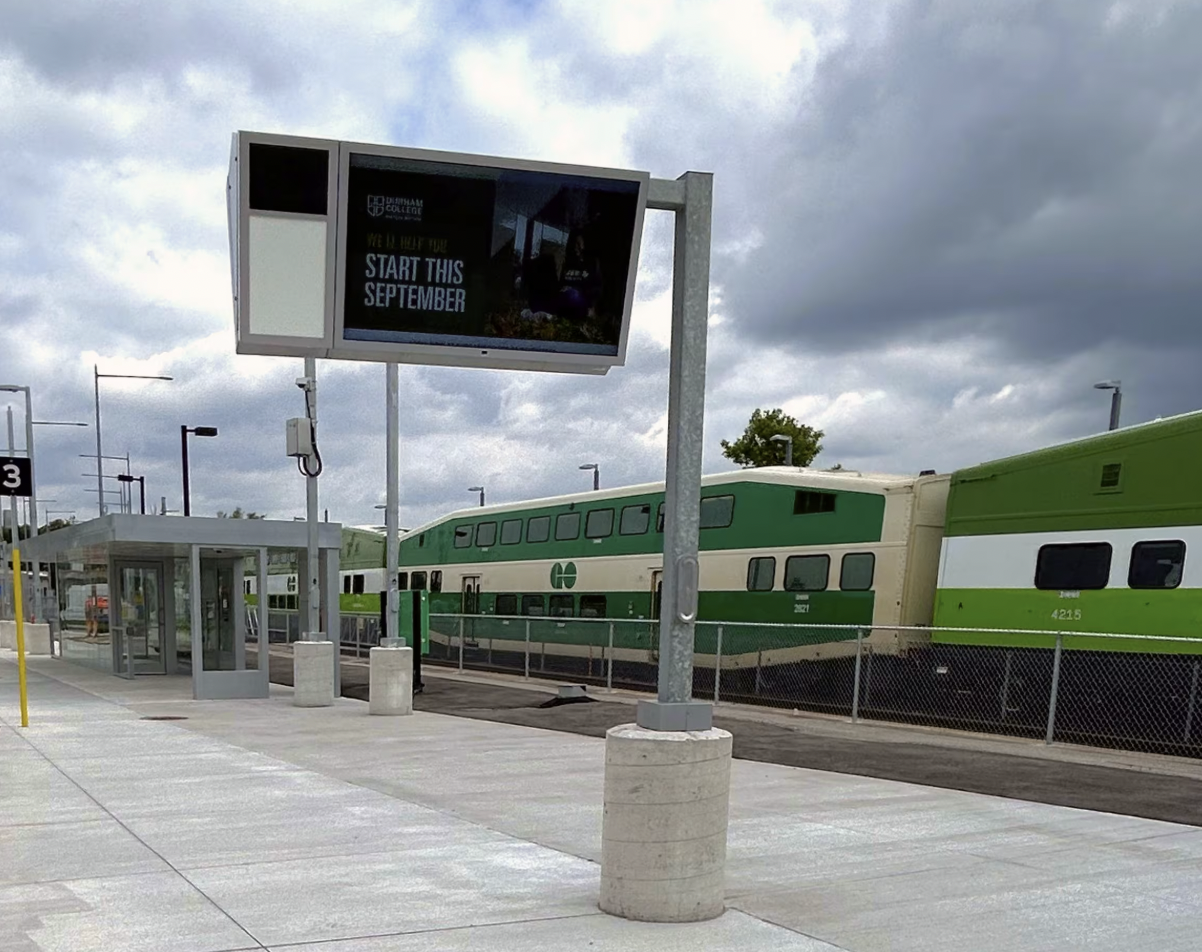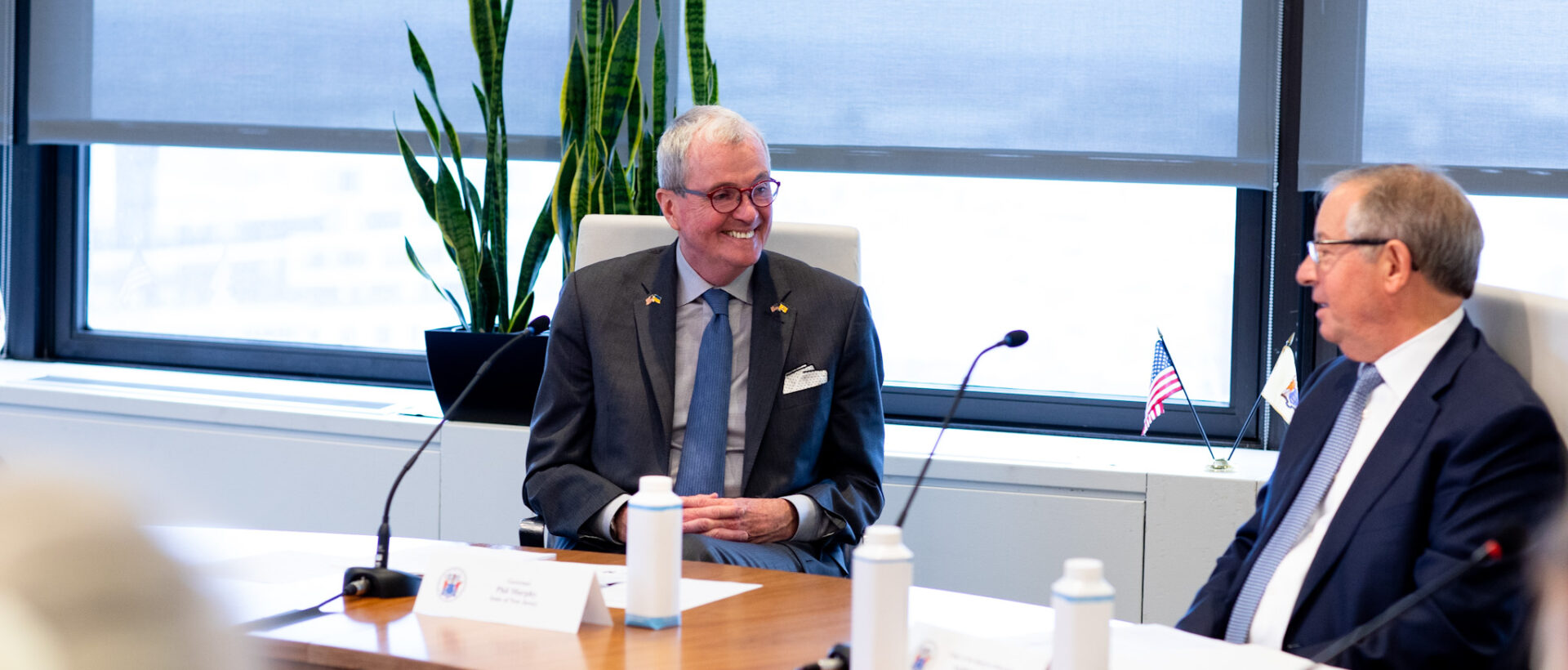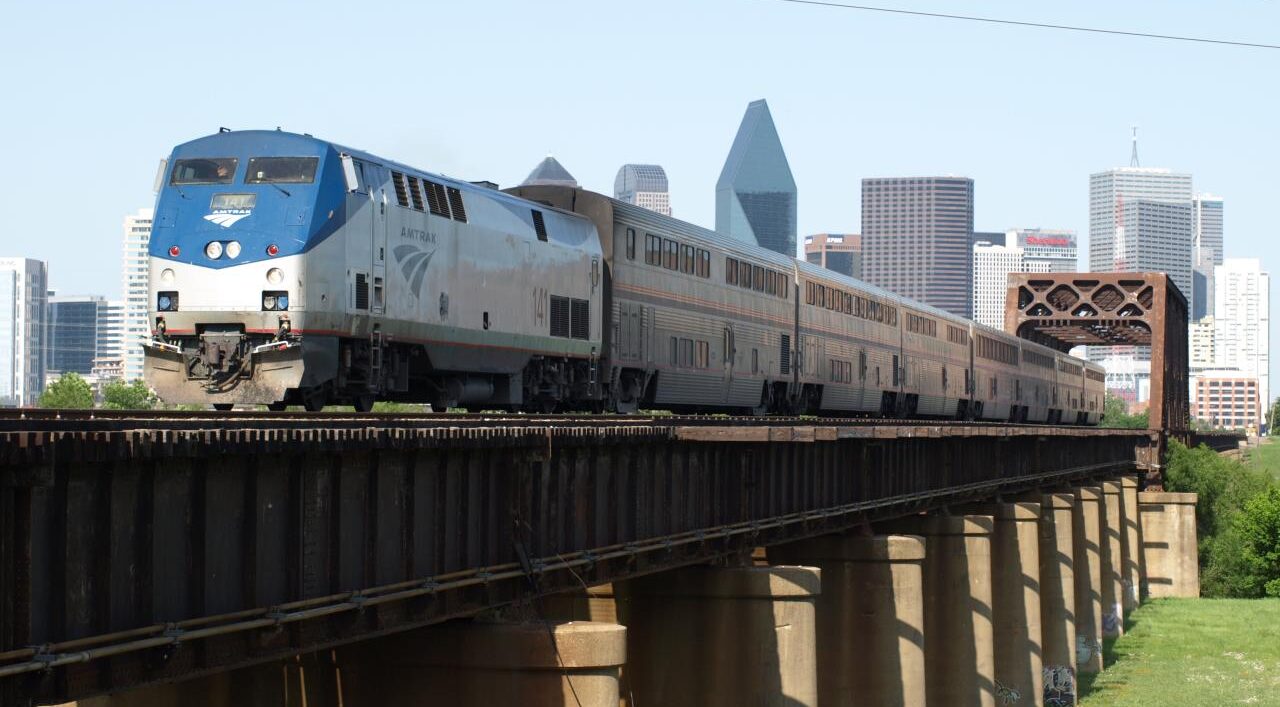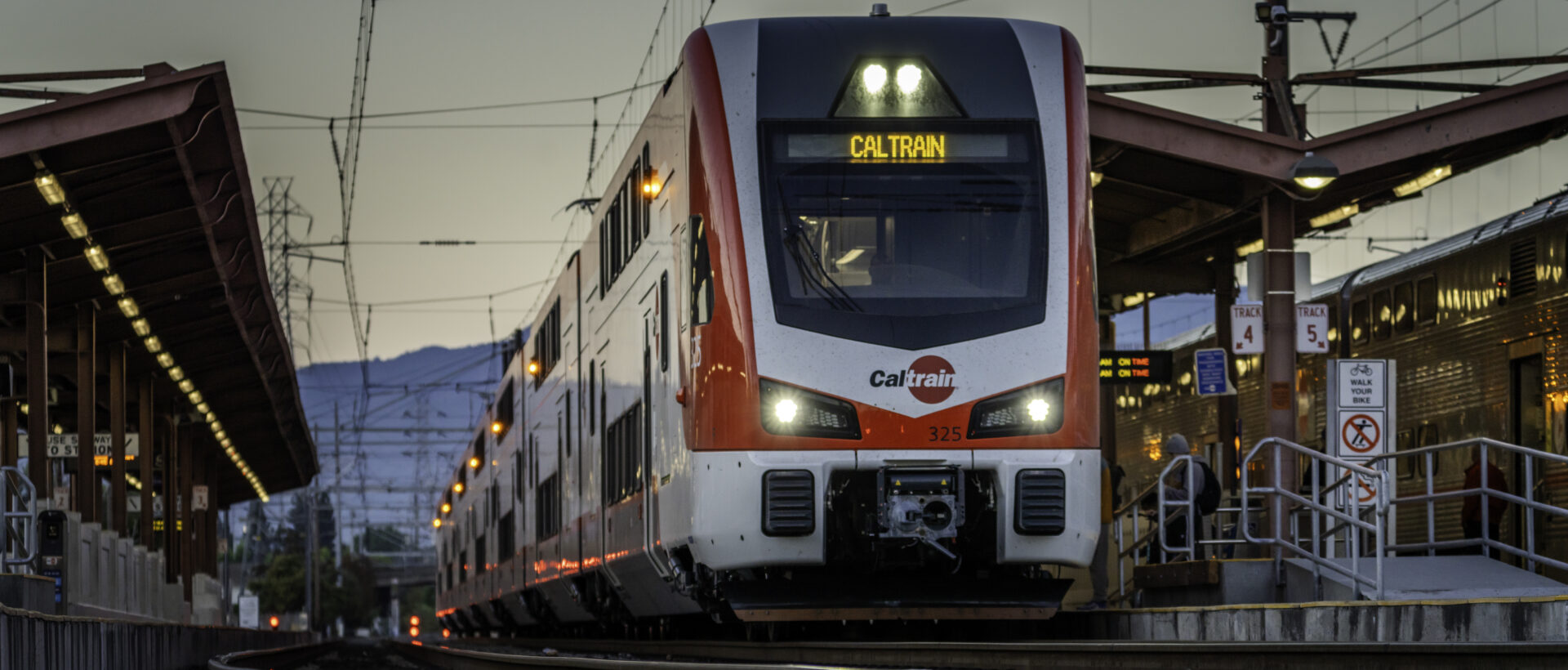The US Department of Transportation (US DOT) has announced a revised plan for the rehabilitation of the Dock Bridge in New Jersey.
The plan is expected to reduce project costs by approximately 140 million USD. The changes, jointly agreed upon by the Federal Railroad Administration (FRA) and Amtrak, aim to prioritise safety and operational reliability while streamlining project scope.
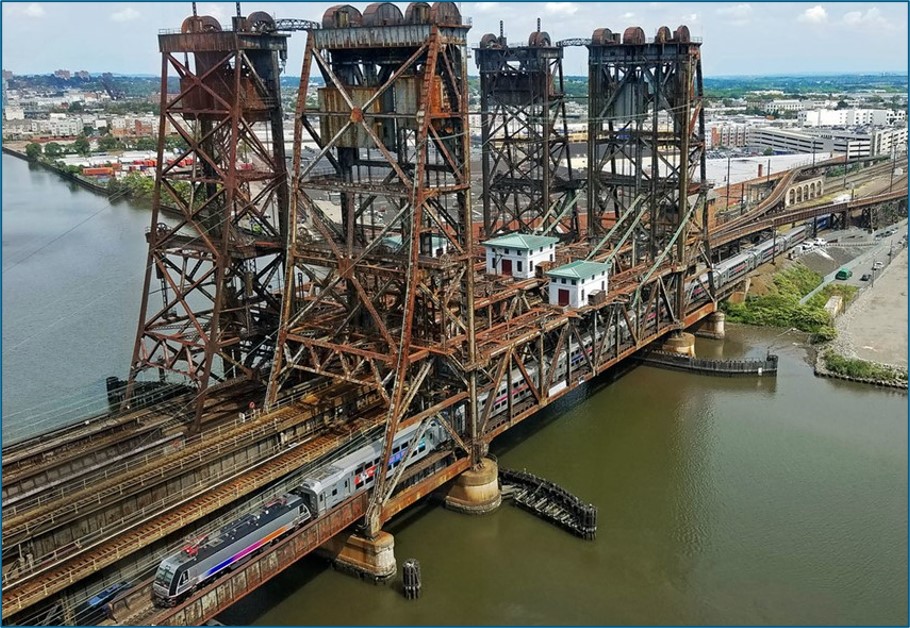
The bridge, which spans the Passaic River and supports a key segment of the Northeast Corridor rail network, will undergo structural reinforcement to extend its service life. Originally opened in 1935, the bridge currently supports over 700 daily passenger trains and is a known source of delays due to mechanical issues when the movable span becomes inoperable.
The revised plan will position the bridge in a fixed, non-movable configuration, enhancing structural stability and reducing mechanical failure risks.
Under the revised plan, the project’s budget will be reduced from an estimated 375 million USD to approximately 235 million USD. The anticipated completion date has also been moved forward by nearly two years.
These adjustments follow a review that identified non-essential enhancements, such as decorative lighting, and certain rehabilitation components that could be deferred based on current structural assessments.
Amtrak, which owns the Dock Bridge and is responsible for its rehabilitation, will implement the changes with support from federal grant funding under the Federal-State Partnership for Intercity Passenger Rail Program.
Amtrak President Roger Harris said:Thanks to Secretary Duffy and the FRA, we will finish the Dock Bridge Rehabilitation Project plan faster and more efficiently, while also saving taxpayer money. This new plan will help us quickly increase the bridge’s reliability and safety, while also maximising the useful life of this critical piece of infrastructure. It’s a big win for US transportation, and a good example of how creative thinking and value engineering can make a project plan even better.
Once complete, the rehabilitation is expected to improve service reliability for approximately 200,000 daily passengers who travel along this segment of the corridor. The project is one of several initiatives aimed at addressing ageing infrastructure in the region.
US Transportation Secretary Sean P. Duffy said:Americans want their trains on time and safe. It’s that simple. Refocusing this project on these two priorities will fast-track a vital repair to our country’s outdated infrastructure and save millions in the process.


